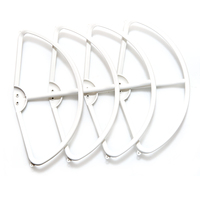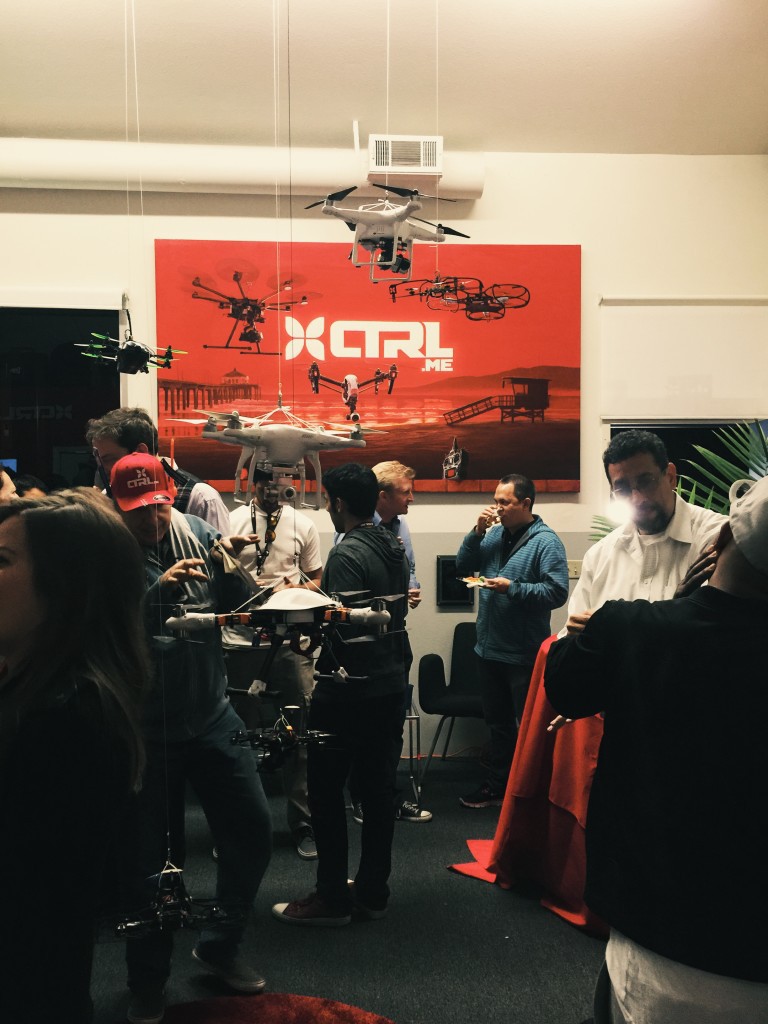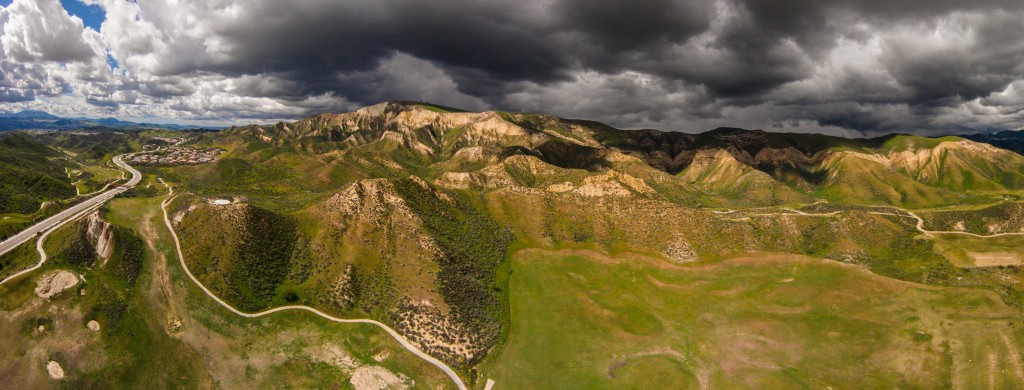Event 38 Mission Planning & Mapping Workflow Updates
For anyone using Mission Planner as a ground control station, check out these additions we’ve made to streamline MP to our workflow. We typically run mapping missions on fixed wing aircraft at Event 38, so these are tailored to that use, but some of our features are more general purpose. I’ll outline the features we’ve added below and open up to comments about what you think should be merged into the master Mission Planner codebase. Let us know what you want!
Automated Pre-flight Checklist
We’re finally coming out of the dark ages, no more paper checklists! Mission Planner already has all telemetry data at its disposal, why not have it help check off setup criteria too? While the E384 boots up and self checks out each subsystem, the operator goes through the physical inspection and completes the checklist. Green means go!
Accessible Flight Planning Functions
To improve the speed and ease of planning a mapping mission, we’ve taken the most common functions from Mission Planner’s right click menu and made them more accessible by placing them in the right hand pane in the Flight Planning tab. Sometimes the most simple changes can be the most appreciated!
Cam Message Indicators
Mission Planner now leaves a trail of markers where each picture was taken, making it simple to tell when an area is not being covered as expected. If the aircraft is at a high pitch or bank angle when the picture is taken, the icon appears yellow to warn you that additional coverage in the area may be needed.
There are a few more updates, admittedly more specific to the E384 platform, but feel free to check out the full list here on Droneyard. We’re in the process of joining the Dronecode foundation and will work with the dev teams to get these features integrated into the next Mission Planner release. In the meantime, feel free to check out our source code on github, or just go ahead and use our compiled version right away if you want (Click Mission Planner for Event 38 at the top of the page).
SOURCE: Everyone’s Blog Posts – DIY Drones – Read entire story here.


















 ).
). 
























































 Most of all, it’s because as our platforms have matured, they are increasingly heading in the same direction as Linux itself. The extraordinary improvements in mobile hardware technology (thanks Intel and Qualcomm!) and cloud technology (thanks Box and Baidu!), means that our community and software is increasingly running on gigahertz-class Linux computers and with constant broadband connections to the cloud. That means that the opportunity for us to join forces with the broader Linux and Embedded Linux communities is now, and the Linux Foundation is the perfect place to lead that convergence.
Most of all, it’s because as our platforms have matured, they are increasingly heading in the same direction as Linux itself. The extraordinary improvements in mobile hardware technology (thanks Intel and Qualcomm!) and cloud technology (thanks Box and Baidu!), means that our community and software is increasingly running on gigahertz-class Linux computers and with constant broadband connections to the cloud. That means that the opportunity for us to join forces with the broader Linux and Embedded Linux communities is now, and the Linux Foundation is the perfect place to lead that convergence.